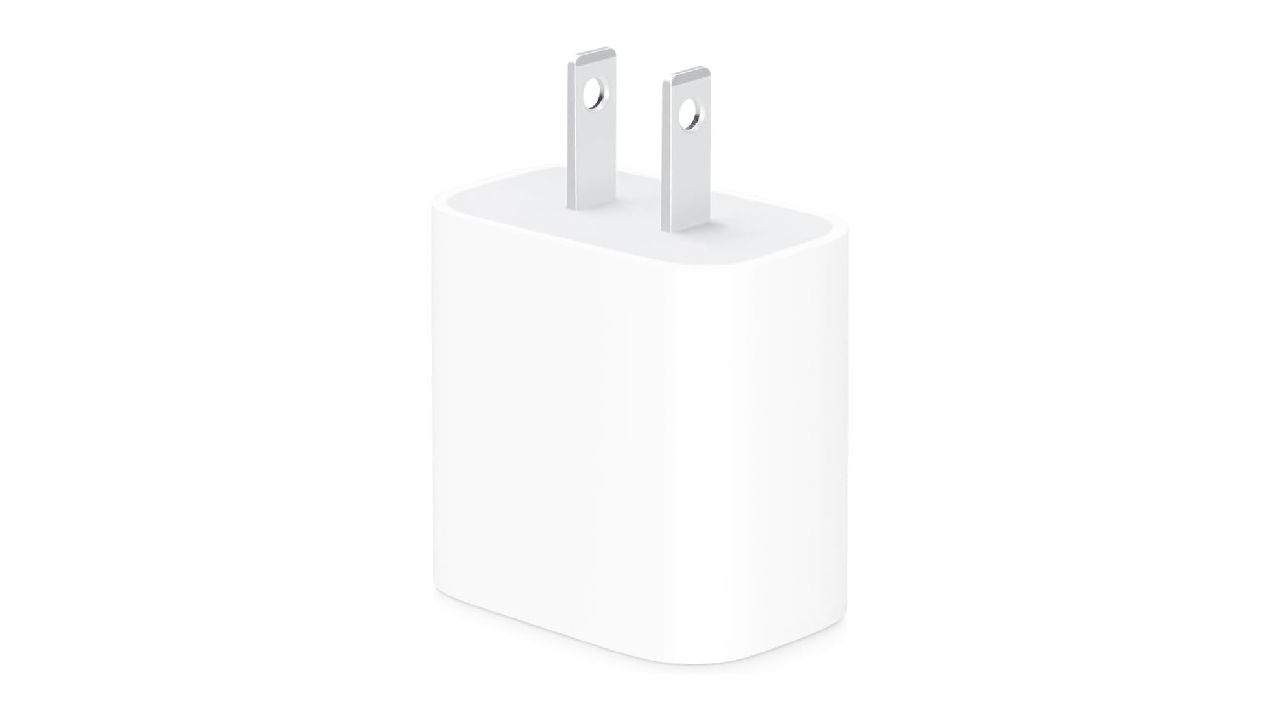More free space in outlook email
With time in outlook email the space get reduced when we use the outlook for many activities. It easy to delete the inbox and sent item but for deleting old calendar entries, you need some more work.
This idea will be apply for both Outlooks 2007n and Outlook 2010.
Calendar items can add a large amount of space to your mailbox. If you want to free up some of this space, you can delete past entries from your Outlook Calendar.
Note: To see how much space your entire mailbox is using,
How to check your E-mail Disk Space
To see how much space just your Calendar is using, do these steps:
a .In the Navigation Pane, click the Folder List icon.
b. Right-click on the Calendar icon and choose Properties.
c. Click Folder Size....
This space is listed in kilobytes (KB)
To convert this number to megabytes (MB), divide by 1000 for a rough estimate
Ex: 20,000 KB would equal 20 MB. If your calendar is over this number, we recommend that you follow these steps to reduce its size.
d. Click Close. Click OK.
Note: To select a large block of entries and delete them, you can view the Calendar entries in a list. Once the entries are in a list, you can choose to click any of the column headings to sort the entries in a way you prefer.
1.In the Navigation Pane, click the Calendar icon.
2. In Outlook 2007, from the View menu choose Current View and slide right to All Appointments.
In Outlook 2010, click the View tab. In the Current View group, click Change View and choose List.
Note: By default the Calendar will be sorted by Start date. Non-recurring items will be at the top. These are single event items. If you scroll to the bottom of the list, you may see recurring items listed in your Calendar. You should be cautious of deleting recurring items!
Note: If you click the paper click (attachment) column heading, your entries will sort by attachment. Any entries with an attachment will be larger than regular Calendar entries. For example, if you create a Calendar entry by dragging a message to the Calendar, this creates a larger-than-normal Calendar entry.
Note: If you use Outlook Categories a great deal, you can group Calendar entries by Categories and then sort by Start date. You can then decide to keep entries that are critical to you. See steps below for help with this if needed.
Note: And, if you want to reset the Calendar's List view back to its default, see steps below as well.
3. To delete a range of Calendar entries, click on the first entry to be deleted. Hold down the Shift key and click on the last entry in a given range to be deleted. For example, you could delete all entries from the year 2007.
4. Press Delete.
5. Repeat Steps 3 and 4 as needed to delete additional Calendar entries.
Note: When finished, you should set the Calendar back to the normal "Day/Week/Month" view.
6. In Outlook 2007, from the View menu choose Current View and slide right to Day/Week/Month.
In Outlook 2010, click the View tab. In the Current View group, click Change View and choose Calendar.
Group Calendar List View by Categories and Sort by Start Date
Note: These steps may prove useful for people who make use of Outlook Categories.
1.In Outlook 2007, from the View menu choose Current View and slide right to Customize Current View.
In Outlook 2010, click the View tab. In the Current View group, click View Settings.
2.Click the Group By... button.
3.From the Group item by drop-down list, choose Categories. Click Ascending.
4.Click OK.
5.Click the Sort... button.
6.From the Sort items by drop-down list, choose Start. Click Ascending.
7.Click OK. Click OK.
8.You should see the Calendar entries without a category with the oldest Start dates at the top.
Reset the List View to Default
Note: These steps will reset the Calendar view back to its default.
1. In Outlook 2007, from the View menu choose Current View and slide right to Customize Current View. Click Reset Current View. Click OK. Click OK.
In Outlook 2010, click the View tab. In the Current View group, click Reset View. Click Yes.

No comments:
Post a Comment